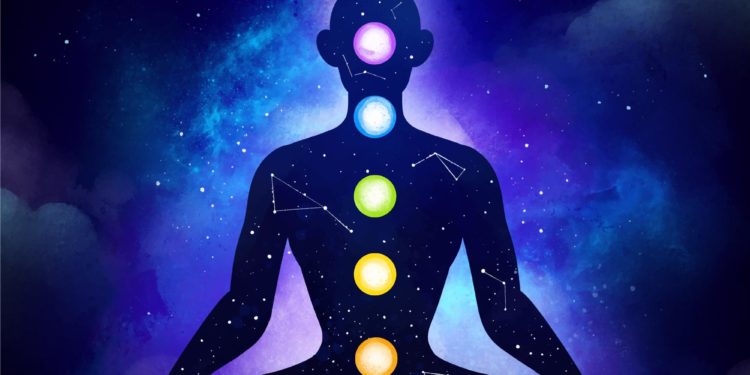Want to know more about Tantra? It is a famous spiritual tradition that allows you to move on a path of transformation and self-exploration. It helps you connect your mind and body with higher consciousness. You can follow the structured approach through different levels to grow at a spiritual level.
Up ahead, you will learn about what is Tantra, its origins, and the four main levels defining this ancient tradition.
What Is Tantra?
It is an ancient domain that includes rituals, meditation, and physical practices to aim for self-realization. It covers all the aspects of existence, considering every experience as an opportunity for growth.
Tantra focuses on using the energy within the body to expand the consciousness of the person. It teaches that the universe and the self are interconnected. So, you can utilize the internal energies to reach higher states of awareness.
Understanding Tantra: Meaning and Origins
Tantra is often misrepresented as being solely rituals or physical practices. Here, you will learn its true meaning and origin.
The Meaning of Tantra
The word derives from Sanskrit, where “Tan” means expansion, and “Tra” means tool or technique. It represents a system or practice designed to expand consciousness and spiritual awareness. It is a broad spectrum of teachings that integrate various elements, including rituals, meditation, and breath control.
The Historical Origins of Tantra
Tantra has its roots in ancient Indian spiritual traditions, dating back to at least the 5th century CE. The earliest Tantric texts, known as the Tantras, were written in Sanskrit and explored various methods for achieving spiritual liberation.
Tantric traditions evolved within Hinduism and Buddhism In Hinduism, Tantra is associated with Shaivism and Shaktism, where Lord Shiva and Goddess Shakti are central figures. In Buddhism, particularly in Tibetan Vajrayana, Tantra plays a significant role in advanced spiritual practices.
The Four Main Levels of Tantra
Till now, you must be familiar with the tantra meaning. It is time to go through the four main levels of the practice.
Kriya
It is the foundational level of Tantra. It focuses on external rituals, purification, and discipline. It includes practices such as:
- Mantra chanting
- Offering to deities
- Ceremonial worship
You have to follow strict guidelines related to daily worship and conduct.
Carya
It is the second level where you integrate spiritual practice into daily life. This level encourages living in alignment with spiritual principles while engaging in regular duties. It focuses on inner devotion and ethical conduct.
Yoga
This is the third level of Tantra. It includes deeper internal practices such as meditation, breath control (pranayama), and visualization techniques. Tantra yoga is different from traditional yoga.
Annuttarayoga
It is the highest level of Tantra and the most advanced stage. You merge completely with divine consciousness. This level goes beyond techniques and rituals, focusing on the direct experience of ultimate reality. This level is considered the path of ultimate liberation, where one realizes their true nature as limitless consciousness.
Why Understanding Tantra Is Important?
You must understand the tantra practice to practice all the elements properly. It provides tools for balancing energy, overcoming inner limitations, and deepening your connection with the universe. It teaches you to include all the aspects of life on your spiritual journey. You can live a fulfilling and harmonious life through it.
How Does Tantra Yoga Differ from Traditional Yoga?
Traditional yoga focuses on physical postures (asanas), breath control, and meditation. It often follows structured disciplines such as Hatha Yoga or Raja Yoga. On the contrary, tantra yoga works with subtle energies, chakras, and mantra chanting. It includes rituals, visualization, and energy awakening techniques like Kundalini activation. The goal of tantra yoga is physical well-being and spiritual transformation.













































































